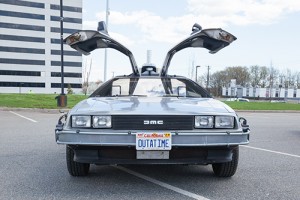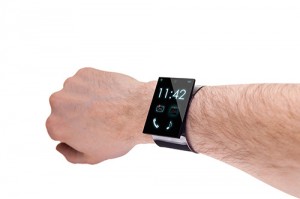In the 1985 film “Back To The Future II,” the characters create a time machine and travel 30 years into the future, to October 21, 2015. I am a fan of the trilogy so I have been thinking about how accurately they portrayed our current year. There were some hits and some misses.
Flying Cars
While we do not yet have commercially available flying cars we do have working autonomous vehicles. Google has prototypes driving on city streets in California. Toyota, Volvo, Audi, Mercedes Benz, Apple, and Tesla are also developing self-driving cars. Apparently it is easier to develop a self-driving car than a flying car. Now, if only we could develop an autonomous flying car, that would be really cool.
Hoverboards
In the movie, the main character rides a levitating skateboard, which he calls a hoverboard. We do have those, although they are not in mass production. Lexus recently demonstrated a hoverboard, partly to coincide with the date in the movie, which may be the first step toward their goal of developing a levitating car. If they succeed, we could some day have flying cars, but they wouldn’t fly high up in the air like in “Back To The Future” or “The Jetsons.”
Fax Machines in Every Room
In one scene of the movie, they show a home with multiple fax machines. I think we moved past this technology. Fax machines are still available as standalone machines or integrated into scanner/printers, but faxing has largely been replaced by other electronic communication methods. Now we have screens in every room and in every hand.
Large Screen Advertising
When the main character arrives in the future, there is outdoor advertising everywhere on large screens, almost to distraction. I think we have this one covered. I can drive down the highway now and see full color video on billboards. In 1985 who would have thought we would have 60-inch high definition televisions in our homes? In terms of screen size, we subscribe to the “bigger is better” philosophy. The largest current sports arena screen is the Jumbotron in Houston, which measures 52 feet high and 277 feet wide. We have definitely figured out how to make large displays.
Thoughts
Some things, such as flying cars, have been anticipated since the 1950s, but we haven’t quite perfected them. Other predictions are already old school. I wonder if movie scripts mimic our ingenuity and development, or is it the other way around? If we were to make a movie today portraying 2045, what would it look like? Will we all still be walking around looking at six-inch screens or will we have integrated our viewing into wearables such as glasses and holographic projections? What do you predict for the future? Let me know your thoughts and I will circle back in 2045 to see if you are right.
Kelly Brown is an IT professional and assistant professor of practice for the UO Applied Information Management Master’s Degree Program. He writes about IT and business topics that keep him up at night.




